The Surprising Discovery Of Asteroid Fortuna

Introduction
Asteroids, the remnants left over from the early formation of our solar system, continue to captivate scientists and astronomers alike. The study of these celestial objects provides invaluable insights into the history and composition of our universe. In this article, we delve into the surprising discovery of Asteroid Fortuna and explore its intriguing characteristics.
The Origins of Asteroid Fortuna

Formation and Composition
Asteroid Fortuna, formally known as 19 Fortuna, was discovered by the German astronomer Hermann Goldschmidt on August 22, 1852. It belongs to the asteroid belt, a region between Mars and Jupiter filled with countless small rocky bodies.
Fortuna is classified as a C-type asteroid, indicating its composition primarily consists of carbonaceous material. This type of asteroid is believed to be rich in organic compounds, including water and amino acids, making it a potential source for the building blocks of life.
Size and Shape
With a diameter of approximately 225 kilometers (140 miles), Asteroid Fortuna is one of the larger asteroids within the main belt. Its irregular shape and rugged surface, observed through telescopic images, suggest a history of violent collisions and geological activity.
The intriguing topography of this asteroid has sparked curiosity among scientists, prompting further research to understand its formation and evolution.
Orbital Characteristics and Path
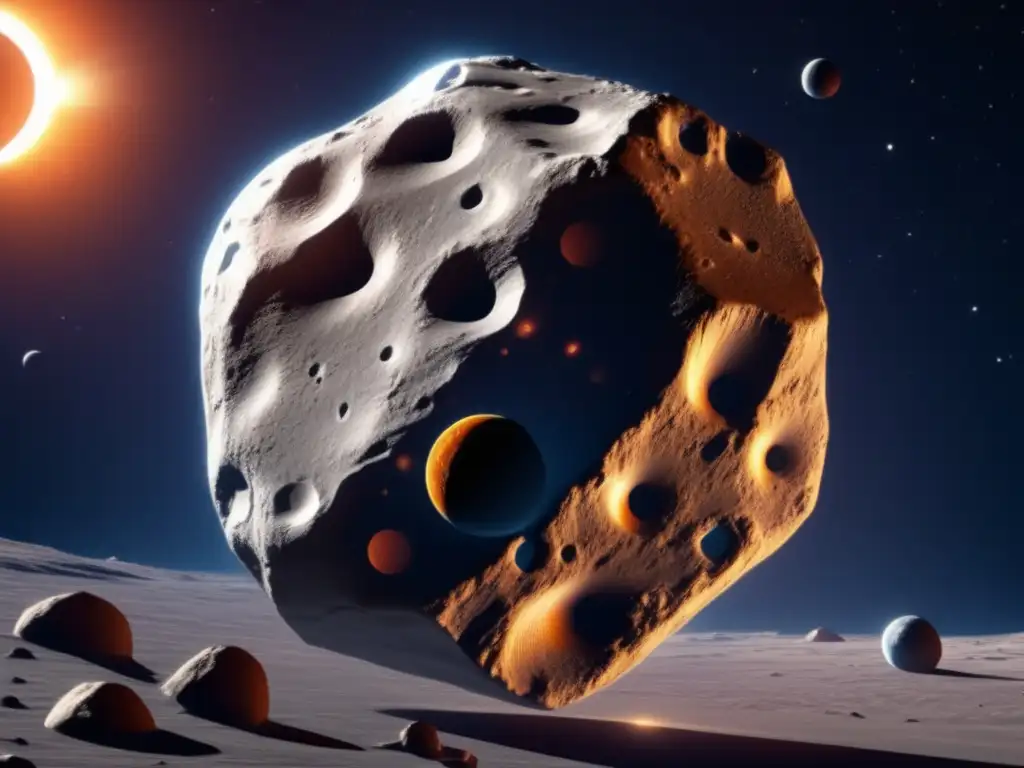
Orbital Period
Asteroid Fortuna follows an elliptical orbit around the Sun. It takes approximately 3.63 Earth years (1,325 days) to complete a single revolution. This orbital period places it in the inner region of the asteroid belt.
Close Approaches and Near-Earth Encounters
Despite its location within the asteroid belt, Fortuna has had close encounters with Earth. In 1942, it passed within approximately 0.1 astronomical units (AU) of our planet, equivalent to around 9.3 million miles away. Such encounters provide scientists with opportunities to study and analyze this asteroid in more detail.
Impact on Scientific Understanding
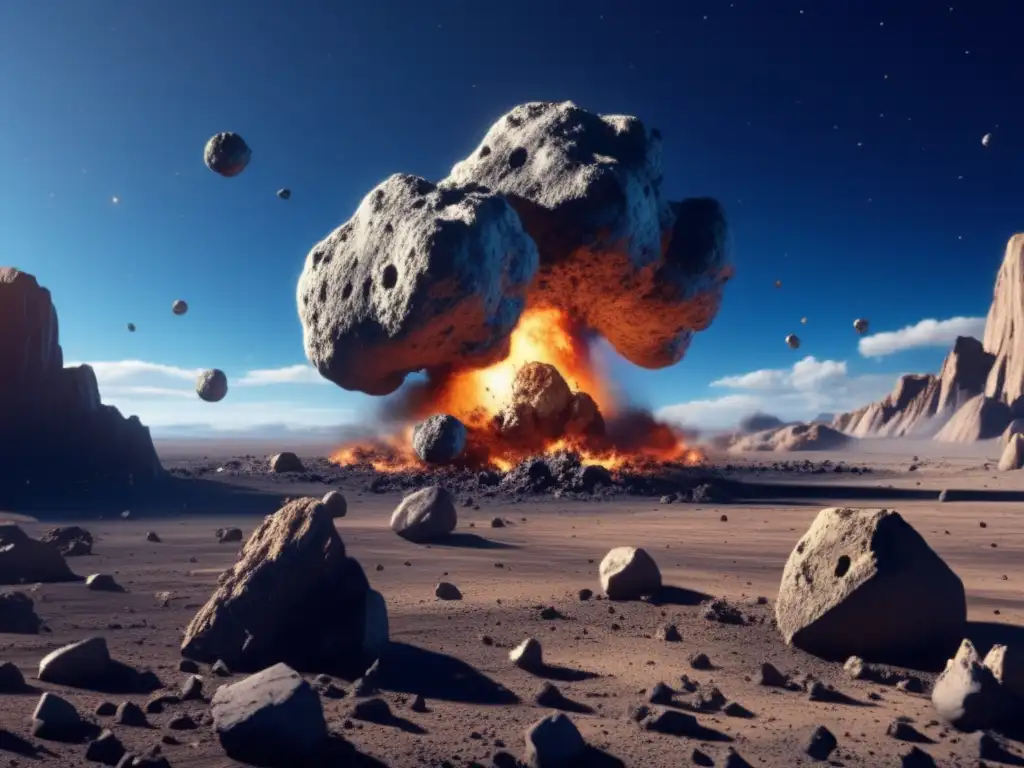
Composition and Geological Insights
Studying the composition of Asteroid Fortuna offers valuable insights into the internal structure and original building blocks of our solar system. The presence of organic compounds and water ice on C-type asteroids like Fortuna reinforces the theory that these space rocks played a vital role in the delivery of key ingredients necessary for life on Earth.
Mission Exploration and Future Research
Asteroid Fortuna's intriguing characteristics make it an ideal candidate for future missions and close-up observations. Several proposals have been made to explore this asteroid further, including potential sample return missions to analyze its composition in detail.
Frequently Asked Questions
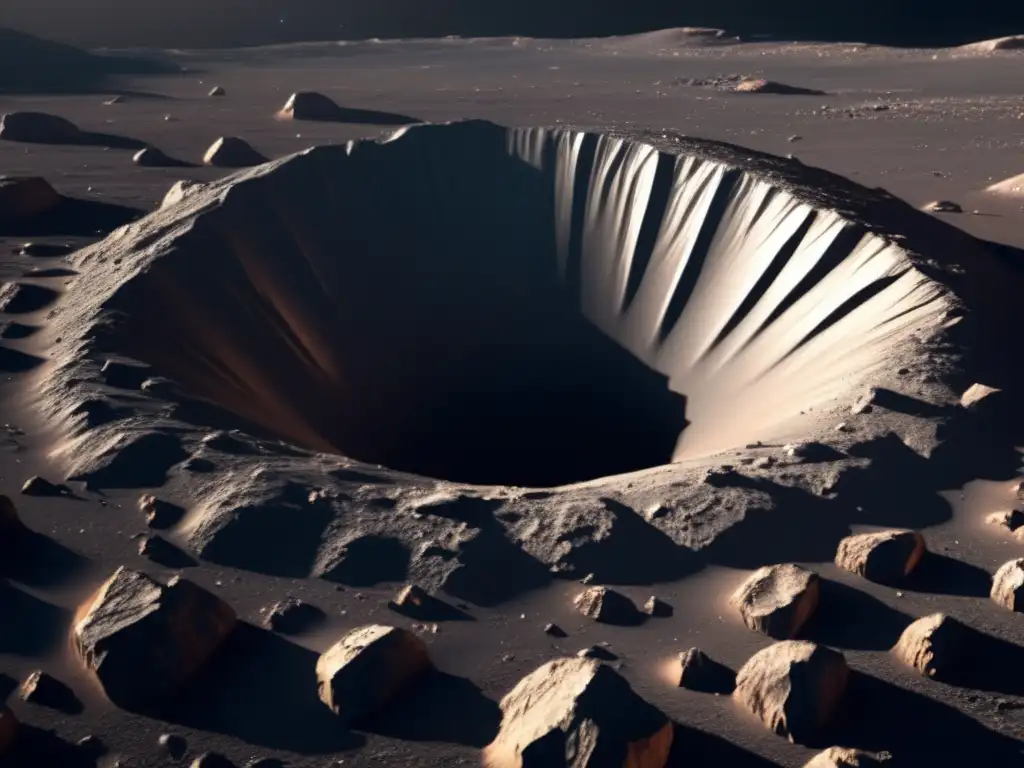
-
What is the composition of Asteroid Fortuna?
Asteroid Fortuna is primarily composed of carbonaceous material, indicating the presence of organic compounds and water ice.
-
How large is Asteroid Fortuna?
Asteroid Fortuna has a diameter of approximately 225 kilometers (140 miles), making it one of the larger asteroids within the main belt.
-
Has Asteroid Fortuna ever come close to Earth?
Yes, in 1942, Asteroid Fortuna passed within approximately 0.1 astronomical units (AU) of Earth.
-
What research has been conducted on Asteroid Fortuna?
Astronomers have conducted telescopic observations to study its surface and composition. Future missions are being proposed to explore this asteroid further.
-
What can studying Asteroid Fortuna inform us about the early solar system?
Studying Asteroid Fortuna provides valuable insights into the internal structure and original building blocks of our solar system, as well as the potential for the delivery of important compounds necessary for life.
Conclusion
Asteroid Fortuna's surprising discovery and unique characteristics continue to enrich our understanding of the solar system's formation and evolution. As scientists uncover more about its composition and geological history, the potential for future research and space missions grows. By exploring and studying asteroids like Fortuna, humanity gains a deeper appreciation for the mysteries hidden within our celestial neighborhood.
We encourage readers to share their thoughts, questions, and further insights in the comments section below. For more engaging asteroid content, consider subscribing to www.asteroidrealm.com and sharing this article on your favorite social networks. Thank you for joining us on this fascinating journey through the world of asteroids.
Additional Resources
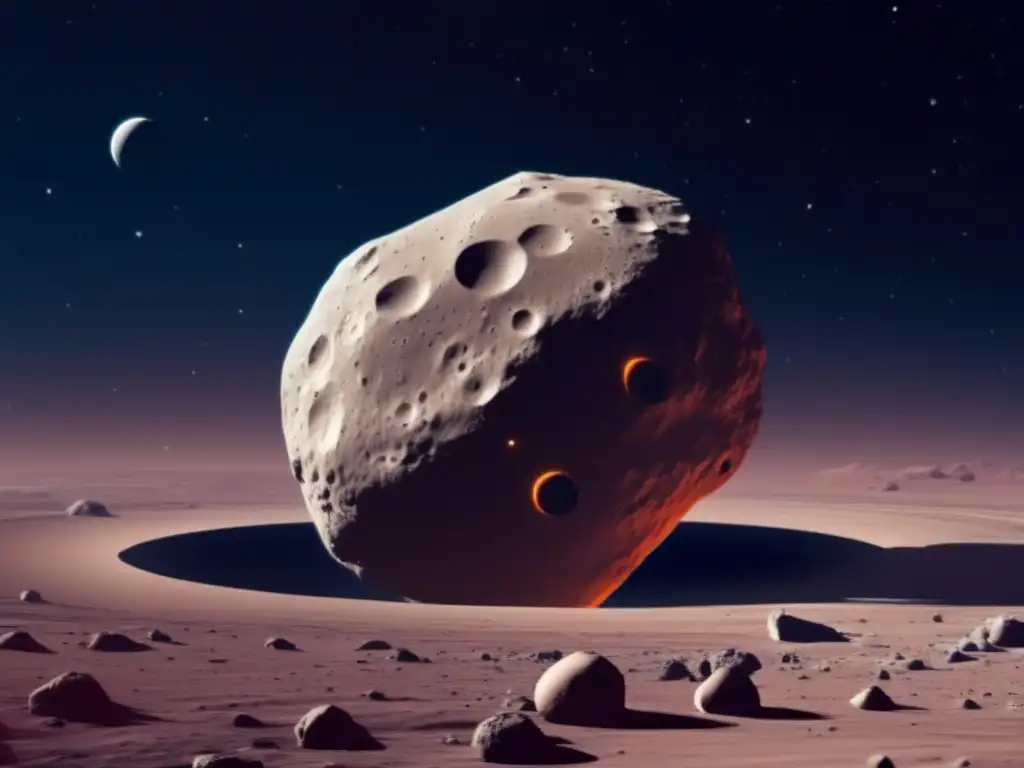
For those interested in delving deeper into the topic of asteroids, we recommend exploring the following resources:
- NASA's Asteroid Redirect Mission: https://www.nasa.gov/mission_pages/asteroids/overview/index.html
- The International Astronomical Union's Minor Planet Center: https://minorplanetcenter.net/
- Asteroid Watch by NASA Jet Propulsion Laboratory: https://cneos.jpl.nasa.gov/
 A Detailed Look At The Peculiar Asteroid Doris
A Detailed Look At The Peculiar Asteroid Doris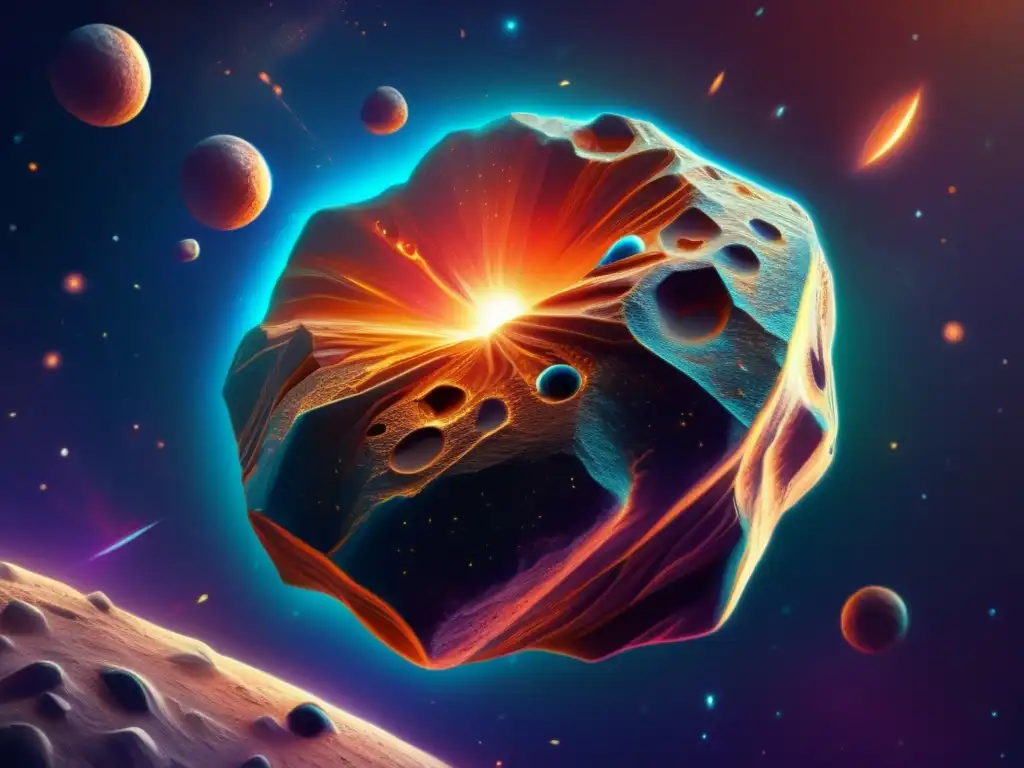 The Intriguing Story Of Asteroid Danae
The Intriguing Story Of Asteroid Danae What We Know About Asteroid Pandora
What We Know About Asteroid PandoraIf you want to discover more articles similar to The Surprising Discovery Of Asteroid Fortuna, you can visit the Asteroid Profiles category.
Leave a Reply

Articulos relacionados: